The seven-storey Reading Building at 116 Spadina Avenue is located on the northwest corner of Spadina Avenue and Camden Street. Constructed in 1925, it is a solid concrete structure with an attractive red-brick exterior containing a magnificent “brick and beam” interior. It was built as a warehouse loft to accommodate the needs of Toronto’s garment trade during the 1920s. The architect was Benjamin Brown, and it is the least ornate of the structures he designed on Spadina Avenue, the Tower Building (1927) and the Balfour Building (1929-30) being two other examples of his work that are located close to the Reading Building. Brown also designed the Victory Theatre that at one time occupied the northeast corner of Spadina and Dundas Street West. The theatre is long gone, but the building remains.
Unlike its sister buildings, The Reading was no traces of Art Deco in its cornice. The rectangular windows are inset into plain facades that have strong vertical lines to increase the appearance of height. The first and second-floor levels have impressive stone trim that enhances its appeal for those walking past it on Spadina Avenue.
This 1921 photo from the City of Toronto Archives shows the southwest corner of Spadina and Camden Street, the future location of the Reading Building. The Darling Building is visible to the south.
The ground floor of the Reading Building facing Spadina, where several retail shops are located. The stone trim on the first and second floors level greatly enhance the building.
Modern entrance to the Reading Building, surrounded by the original stone work.
Large window above the doorway of the Reading Building
The east facade of the building facing Spadina Avenue. The stone work on the first two storeys in visible.
Staircase leading up from the lobby of the building
North facade of the Reading Building, facing Camden Street.
To view other posts about the historic buildings on Spadina Avenue:
To view the Home Page for this blog : https://tayloronhistory.com/
Links to other posts about the history of Toronto and its buildings:
https://tayloronhistory.com/2013/10/08/links-to-historic-architecture-of-torontotayloronhistory-com/
Links to posts about Toronto’s movie houses—past and present.
https://tayloronhistory.com/2013/10/09/links-to-toronto-old-movie-housestayloronhistory-com/
Recent publication entitled “Toronto’s Theatres and the Golden Age of the Silver Screen,” by the author of this blog. The publication explores 50 of Toronto’s old theatres and contains over 80 archival photographs of the facades, marquees and interiors of the theatres. It also relates anecdotes and stories from those who experienced these grand old movie houses.
To place an order for this book:
Theatres Included in the Book
Chapter One – The Early Years—Nickelodeons and the First Theatres in Toronto
Theatorium (Red Mill) Theatre—Toronto’s First Movie Experience and First Permanent Movie Theatre, Auditorium (Avenue, PIckford), Colonial Theatre (the Bay), thePhotodome, Revue Theatre, Picture Palace (Royal George), Big Nickel (National, Rio), Madison Theatre (Midtown, Capri, Eden, Bloor Cinema, Bloor Street Hot Docs), Theatre Without a Name (Pastime, Prince Edward, Fox)
Chapter Two – The Great Movie Palaces – The End of the Nickelodeons
Loew’s Yonge Street (Elgin/Winter Garden), Shea’s Hippodrome, The Allen (Tivoli), Pantages (Imperial, Imperial Six, Ed Mirvish), Loew’s Uptown
Chapter Three – Smaller Theatres in the pre-1920s and 1920s
Oakwood, Broadway, Carlton on Parliament Street, Victory on Yonge Street (Embassy, Astor, Showcase, Federal, New Yorker, Panasonic), Allan’s Danforth (Century, Titania, Music Hall), Parkdale, Alhambra (Baronet, Eve), St. Clair, Standard (Strand, Victory, Golden Harvest), Palace, Bedford (Park), Hudson (Mount Pleasant), Belsize (Crest, Regent), Runnymede
Chapter Four – Theatres During the 1930s, the Great Depression
Grant ,Hollywood, Oriole (Cinema, International Cinema), Eglinton, Casino, Radio City, Paramount, Scarboro, Paradise (Eve’s Paradise), State (Bloordale), Colony, Bellevue (Lux, Elektra, Lido), Kingsway, Pylon (Royal, Golden Princess), Metro
Chapter Five – Theatres in the 1940s – The Second World War and the Post-War Years
University, Odeon Fairlawn, Vaughan, Odeon Danforth, Glendale, Odeon Hyland, Nortown, Willow, Downtown, Odeon Carlton, Donlands, Biltmore, Odeon Humber, Town Cinema
Chapter Six – The 1950s Theatres
Savoy (Coronet), Westwood
Chapter Seven – Cineplex and Multi-screen Complexes
Cineplex Eaton Centre, Cineplex Odeon Varsity, Scotiabank Cineplex, Dundas Square Cineplex, The Bell Lightbox (TIFF)
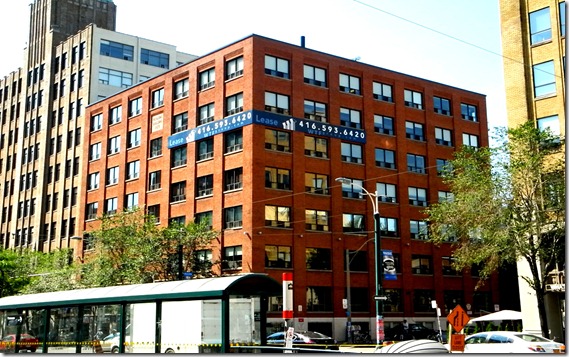
![f1244_it1732[2] f1244_it1732[2]](https://tayloronhistory.com/wp-content/uploads/2013/01/f1244_it17322_thumb.jpg)
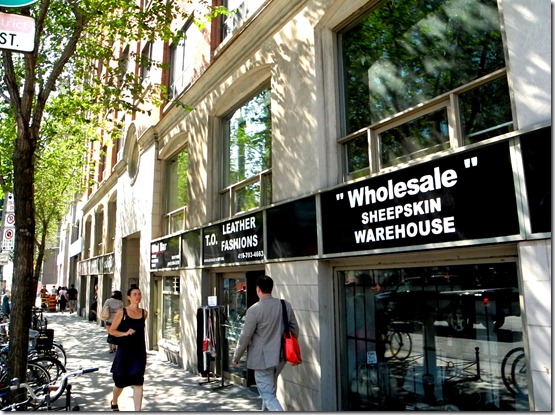
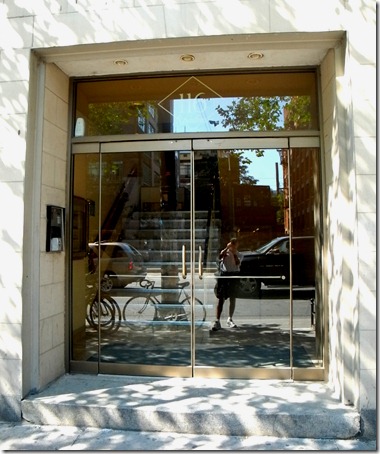
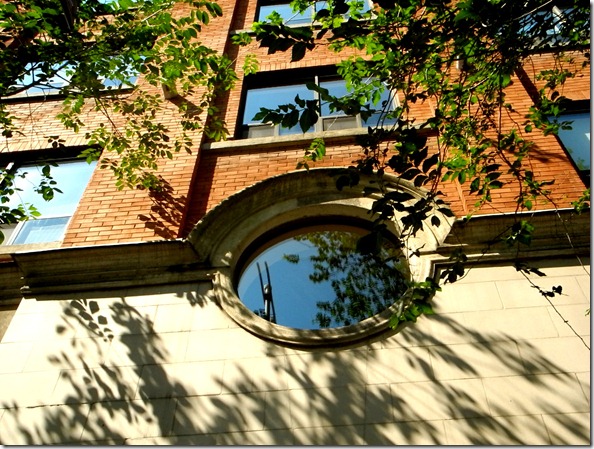
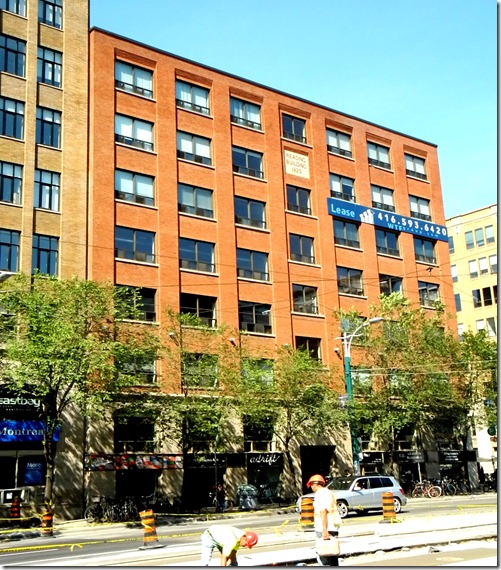
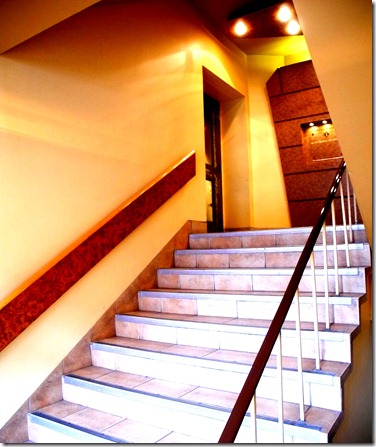
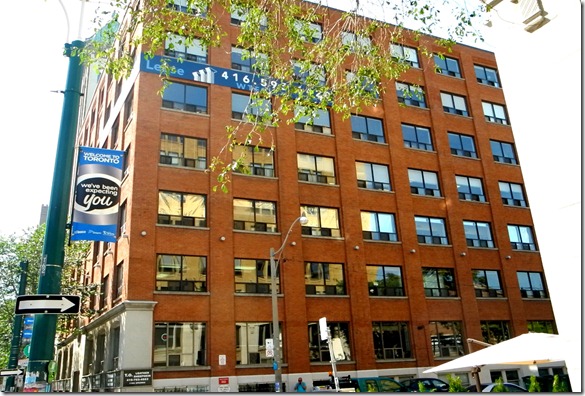
![cid_E474E4F9-11FC-42C9-AAAD-1B66D852[2] cid_E474E4F9-11FC-42C9-AAAD-1B66D852[2]](https://tayloronhistory.com/wp-content/uploads/2014/09/cid_e474e4f9-11fc-42c9-aaad-1b66d8522_thumb26.jpg)

